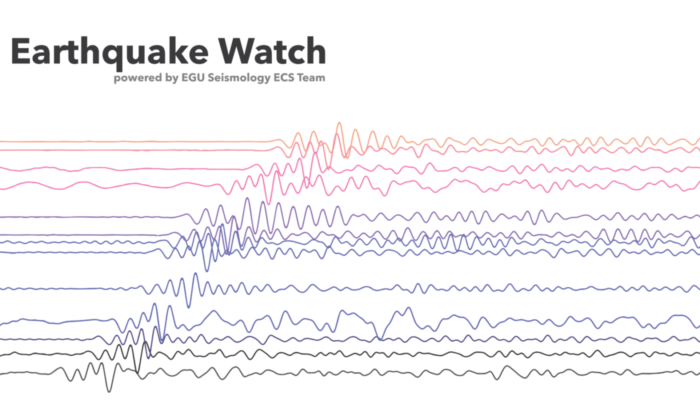
Contribution about the September 2023 M 7.0 earthquake in Al Haouz, Morocco, by Dr. Nacer Jabour, Head of the National Geophysics Institute (CNRST) in Rabat, Morocco, Abdelillah Tahayt, from the Faculty of Sciences, Abdelmalek Essadi University in Tanger, Morocco, and Mohamed Kasmi, Lahcen Hni, Youssef Timoulali, Mohamed Menzhi, from the National Geophysics Institute (CNRST) in Rabat, Morocco.
A magnitude 7.0 earthquake struck the Al Haouz province of Morocco on Friday, September, 2023, at 22:11 (GMT). This strong earthquake took place beneath the High Atlas Mountains at a depth of 8km, according to the preliminary determination by the Moroccan seismic network (Figure 1).
Even far from the African Eurasian plates boundary, in an intra-plate tectonic context, the stress release can reach a high level as seen with this major seismic event that caused a great death toll.
According to EMSC, NEIC (USGS), CPPT, GCMT, GFZ, IPGP, CMT solutions, the rupture occurred with a reverse fault focal mechanism with a minor lateral strike slip component that shows well the continuing uplift of the Atlas Mountains by both large earthquakes and probably by creeping process.
The use of relocation techniques may give later more details about the main fault and connected faults systems involved in this seismic crisis.
The 8 km given by the Moroccan network may be considered as the nucleation point of the earthquake while the CMT solutions give a great depth of the maximum energy release that can be explained by the high coupling of the geological structures (asperities – see Figure 2).
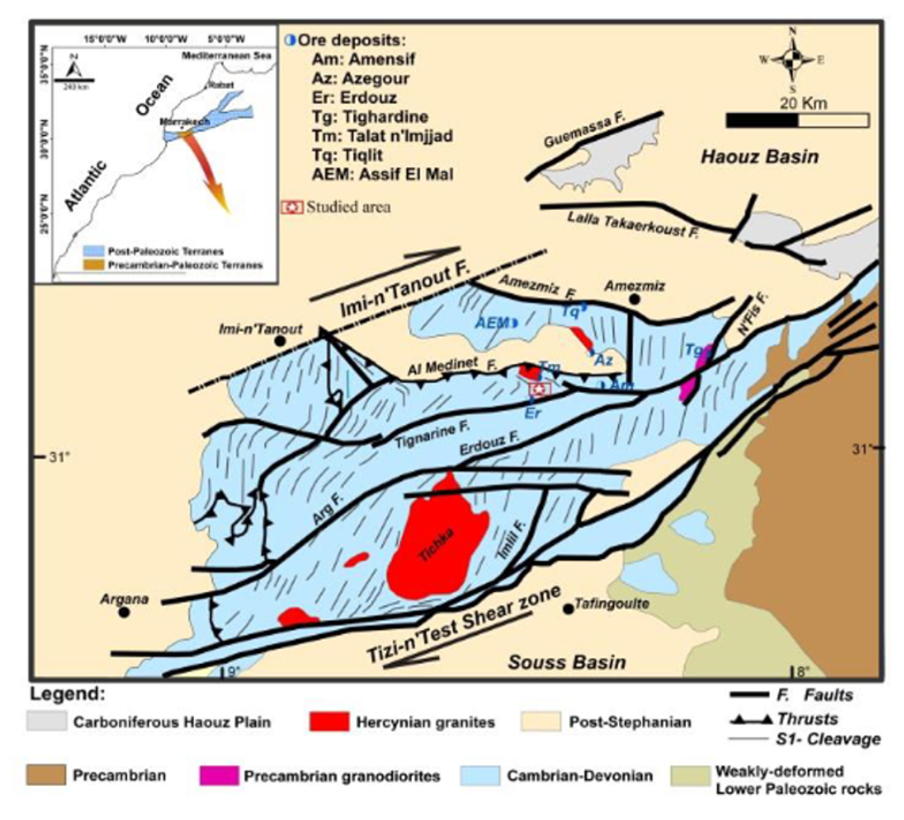
Geological sketch of the western High Atlas (After Cornée et al., 1987, Dias et al., 2011, Ilmen et al., 2017).
This earthquake did not break the surface as we expected, more field investigations are in progress to assess the surface displacement and shaking effects, other remote sensing techniques will certainly provide soon complementary information.
The main shock was felt more severely to the north of the epicenter compared to the southern part of Morocco where the ground shaking was less reported by the population testimonies.
Most of the damaged buildings were of adobe traditional structures, reinforced concrete constructions experienced also slight to severe damage in the epicentral area. Many historical structures suffered extensively from the seismic shaking in particular old cities walls in Marrakech and Taroudannt.
Strong ground motions were recorded on several sites in Morocco, the peak shaking acceleration reached 81%g on a horizontal component of a dam instrument located at 35km to the north of the epicenter.
In this complex topographic environment, this seismic shock triggered also several landslides in the large epicentral area contributing in this to the amount of the damage to buildings and to the roads network. On many tracks, rocks falls on slopes are adding more difficulties to the transportation of first aid teams and remain probably a residual danger in the future. The aftershocks may also cause the total collapse of buildings as these damaged buildings are in a structural fatigue situation.
Based on historical data, this seismic event corresponds probably to a long return period or a long seismic cycle. Several centuries of crust shortening are necessary to produce this size of earthquake. The compiled historical seismic catalogs for Morocco contain characteristic earthquakes with short cycles, 2 centuries in average or less, with the same level of localized damage for the same type of buildings as described in historical manuscripts. A damage in a 50 km radius attributed to this event was never reported before.
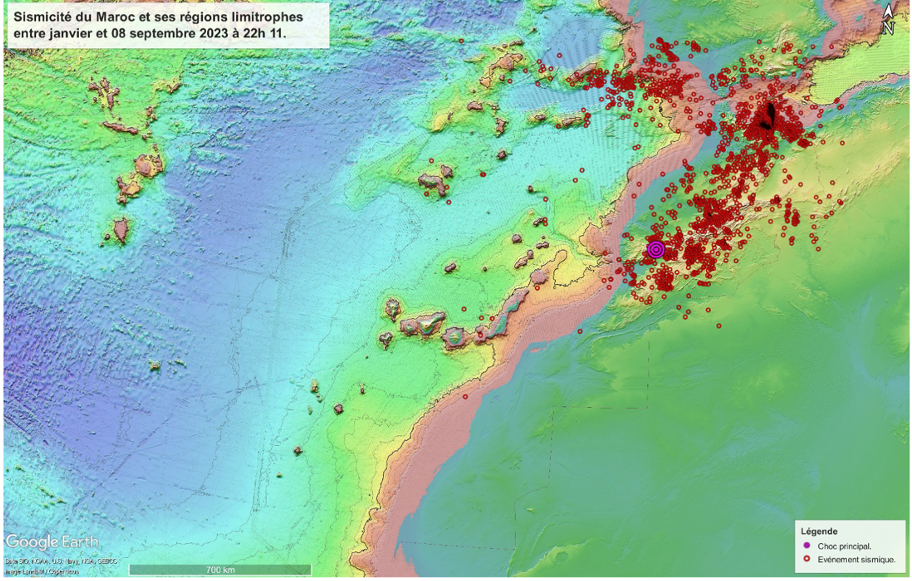
Seismicity recorded in Morocco and surrounding regions, in 2023 before the earthquake. The purple dot indicates the epicentre of the 8th of September main shock, whereas the red dots show other events.
The post-earthquake phase (Figure 4) is marked by episodic aftershocks series, the strongest aftershock occurred twenty minutes after the main shock with a magnitude 5.7, the general trend of the seismic activity is decreasing gradually to lower rates. In few months, the situation will reach a new stability regime after the readjustment of the tectonic stress field.
The reconstruction operation must take into consideration all the site effects shown by the impact of this major earthquake in order to avoid severe seismic damage to man-made structures. Other seismic zones in Morocco can take this natural catastrophe as a starting point for the reassessment of the seismic vulnerability in all the plans to mitigate the seismic risk.
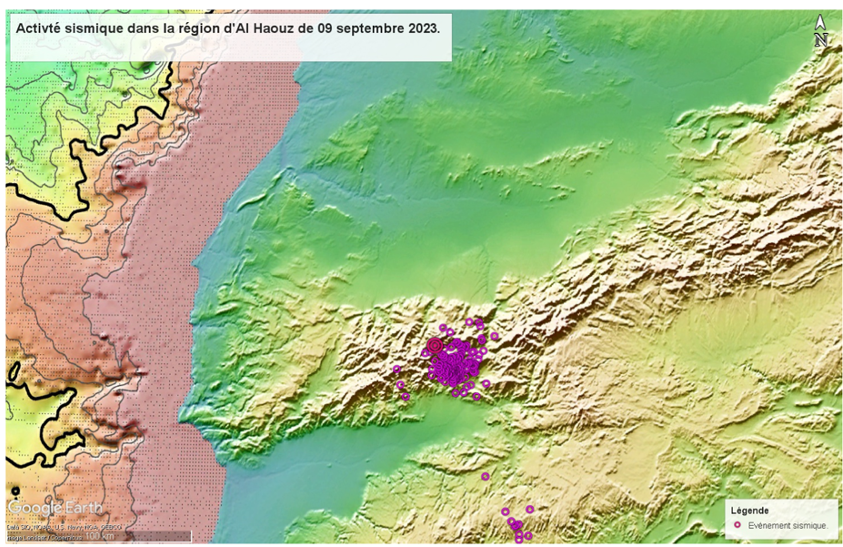
Aftershocks of the 8th September earthquake, recorded during the following day. The epicentres are indicated with purple dots, the main shock is shown with the red larger dot.
In regard of these observed elements, we can infer that we are entering a new long seismic cycle, the available seismic hazard studies become in these circumstances very limited in practical use and an update of the seismic hazard assessment in our region is highly recommended in order to improve the resilience of our communities.
References
- Cornée, J.J., Tayebi, M. and Havlicek, V., 1987. Découverte de Saccogonum cf. Saccatum, Brachiopode duCambrien (Supérieur?), dans le Haut-Atlas occidental (Maroc). Conséquences stratigraphiques et structurales. Geobios, 20(4), pp.517-527.
- Dias, R., Hadani, M., Machado, I.L., Adnane, N., Hendaq, Y., Madih, K. and Matos, C., 2011. Variscan structural evolution of the western High Atlas and the Haouz plain (Morocco). Journal of African Earth Sciences, 61(4), pp.331-342.
- Ilmen, S., Alansari, A., Baidada, B., Maacha, L. and Bajddi, A., 2016. Minerals of the Ag–Bi–Cu–Pb–S system from the Amensif carbonate-replacement deposit (western High Atlas, Morocco). Journal of Geochemical Exploration, 161, pp.85-97.
This blog post was written by Dr. Nacer Jabour, Head of the National Geophysics Institute (CNRST) in Rabat, Morocco, Abdelillah Tahayt, from the Faculty of Sciences, Abdelmalek Essadi University in Tanger, Morocco, and Mohamed Kasmi, Lahcen Hni, Youssef Timoulali, Mohamed Menzhi, from the National Geophysics Institute (CNRST) in Rabat, Morocco. It was edited by ECS member Foivos Karakostas.

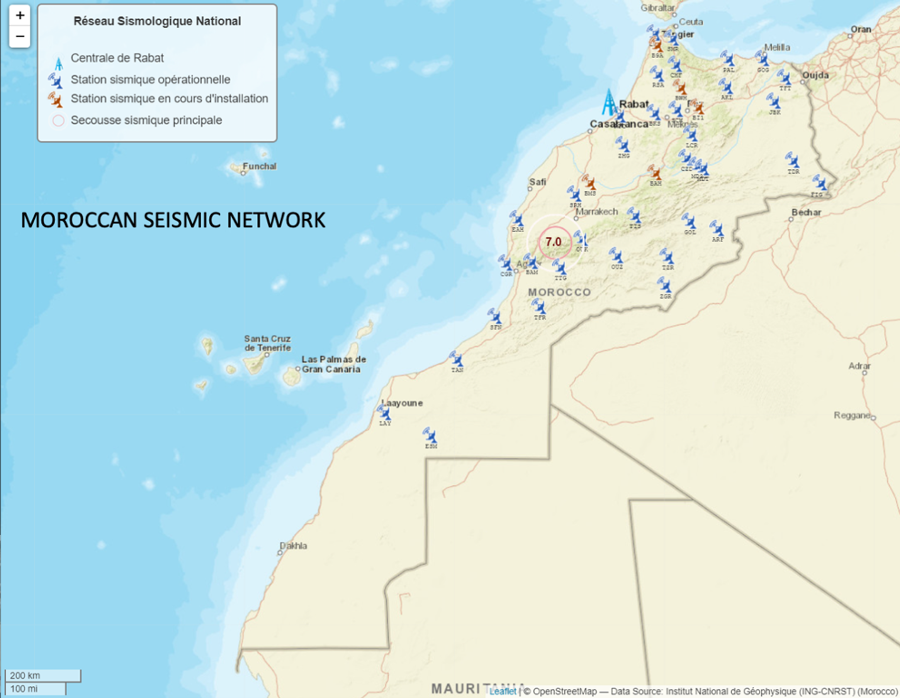
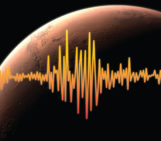
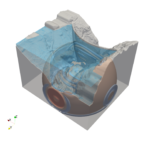


Martin Mai
Dear Authors
thank you very much for this excellent overview and initial assessment of the earthquake’s causes and properties and effects on the local population and infrastructure.
I would like to inform you that the Bulletin of the Seismological Society of America (BSSA) will soon launch a ‘Call for Paper’ for a Special Issue on this earthquake, and I truly hope you and your colleagues will consider submitting a paper to this Special issue.
Kind regards — Martin Mai